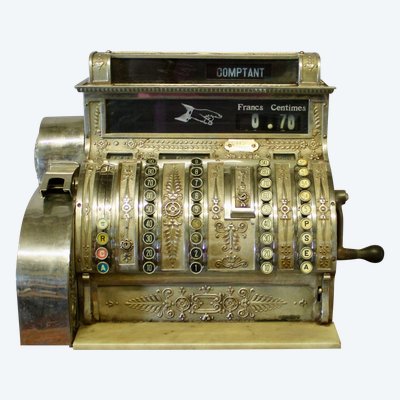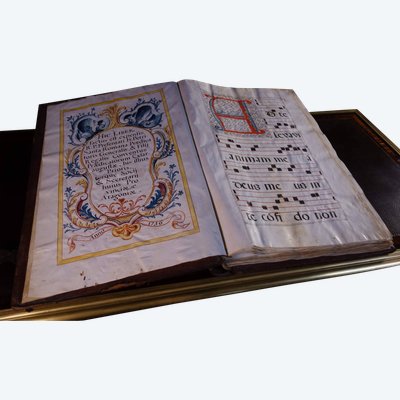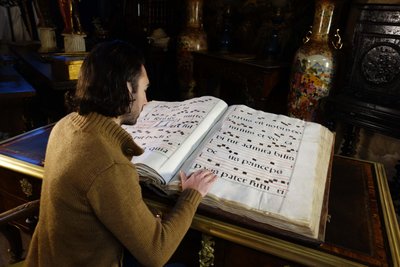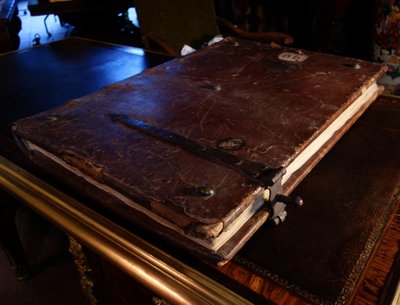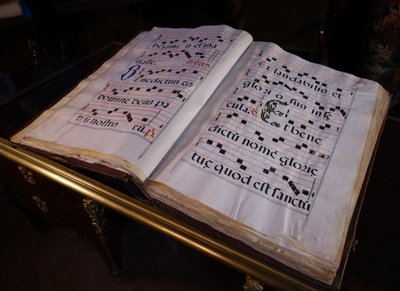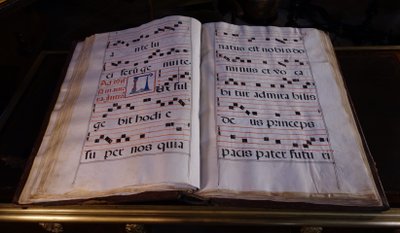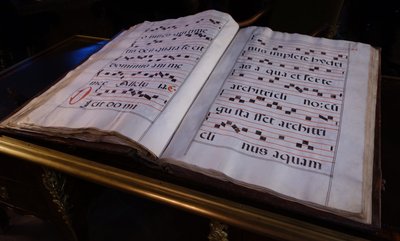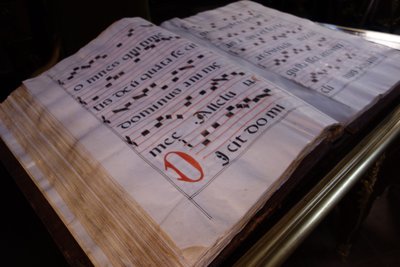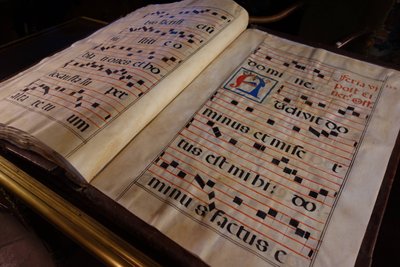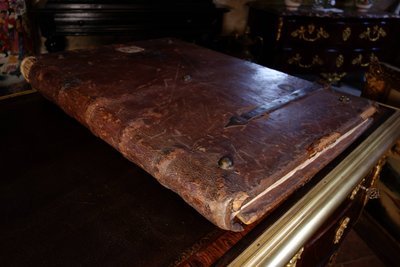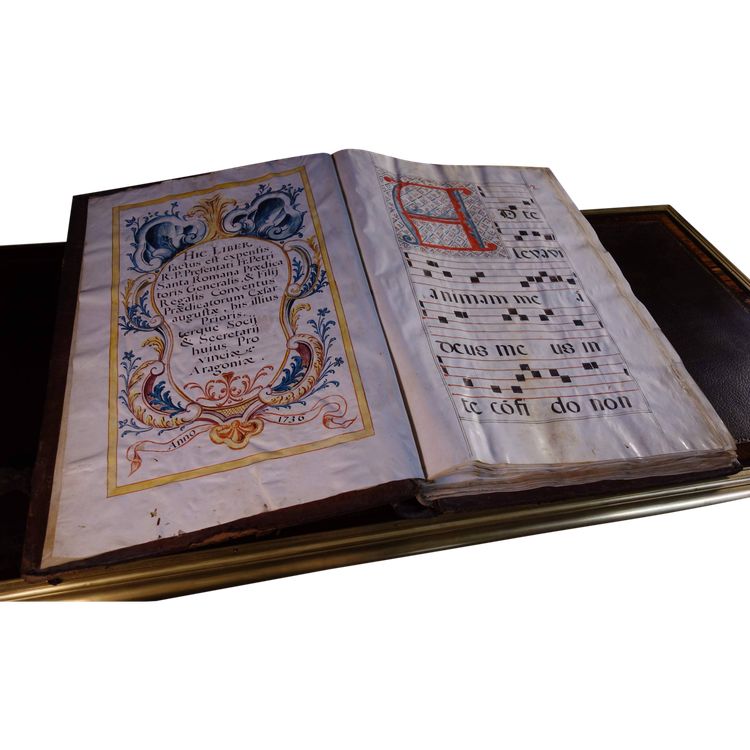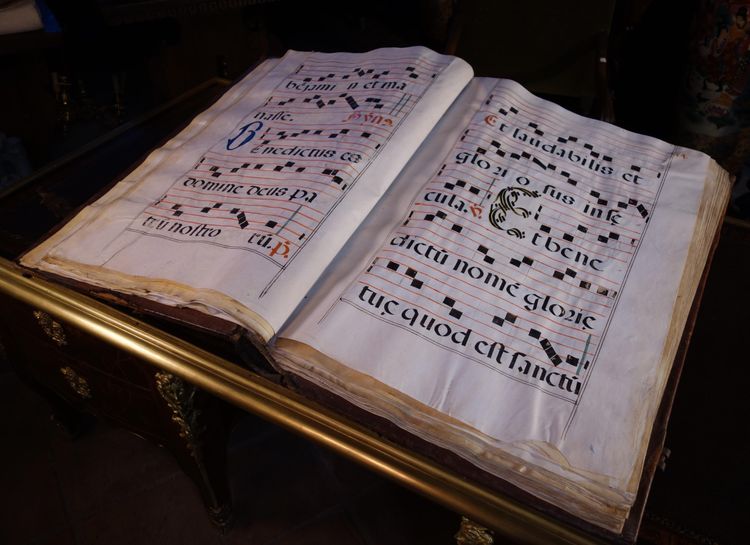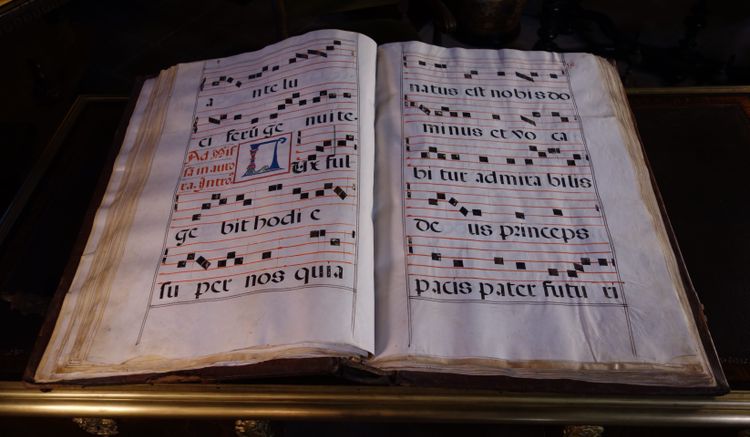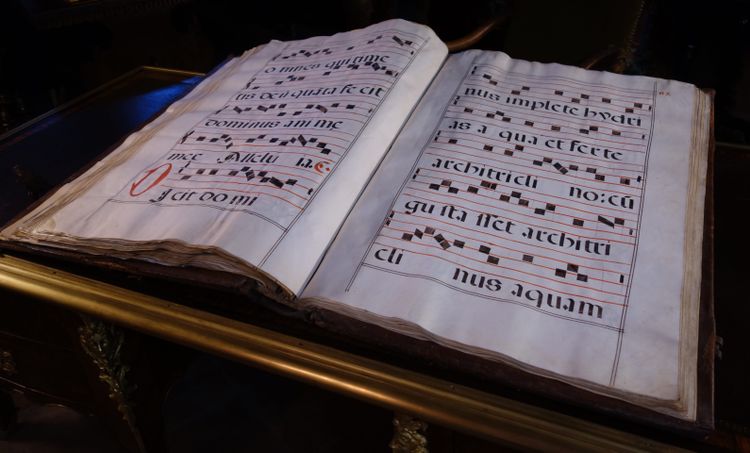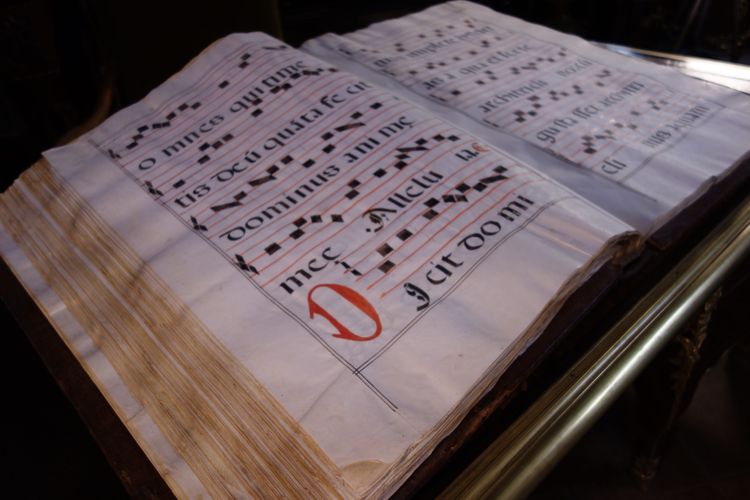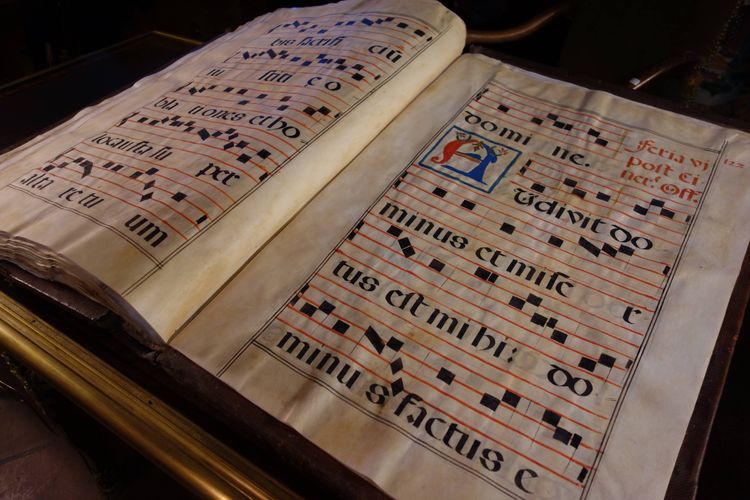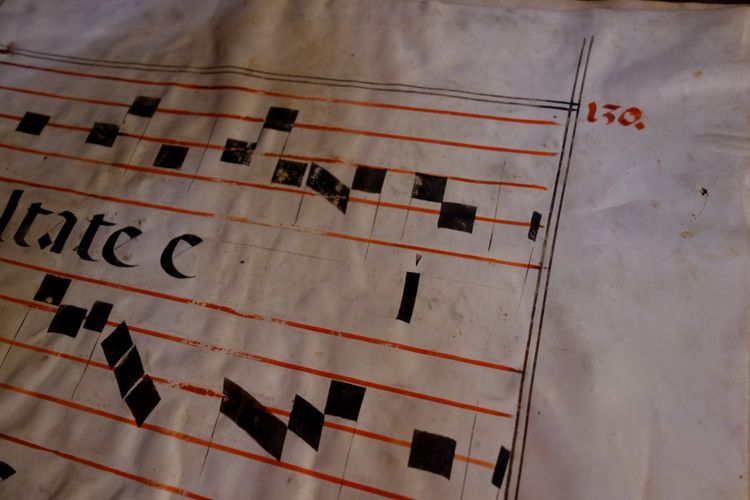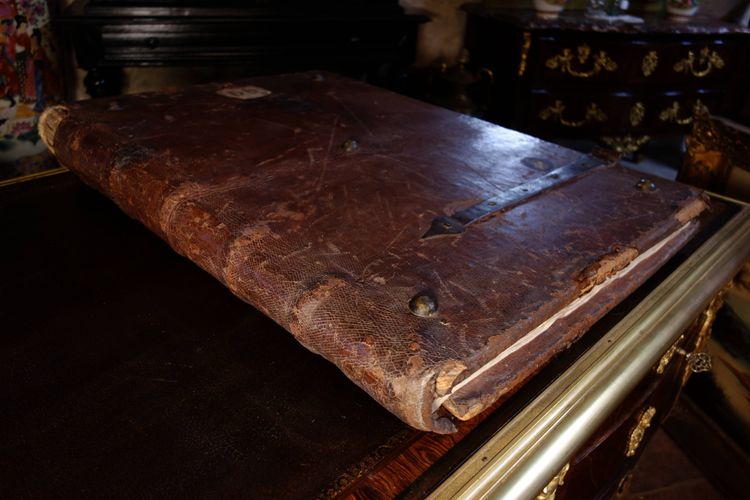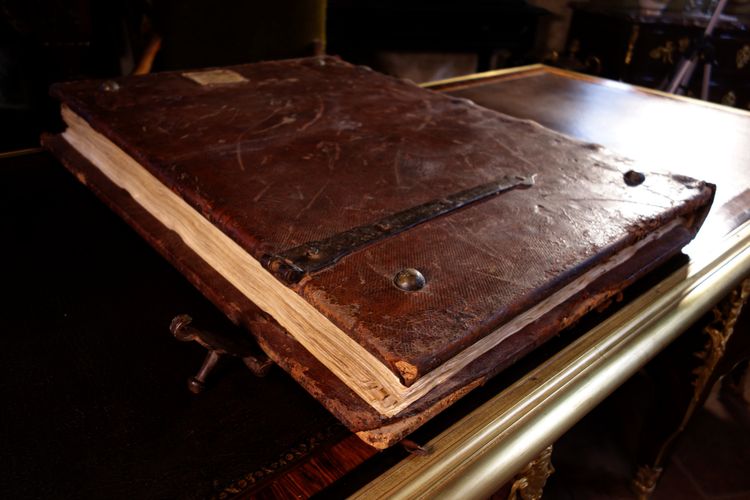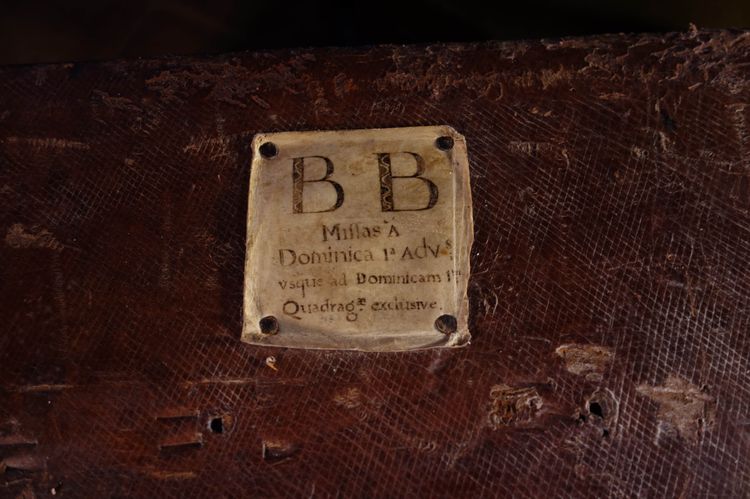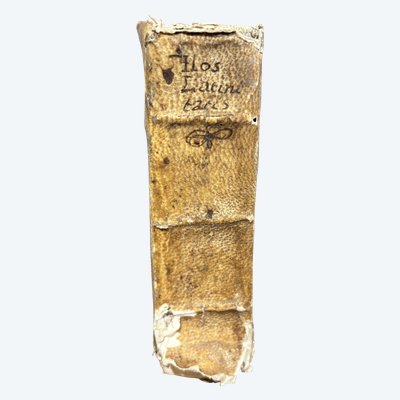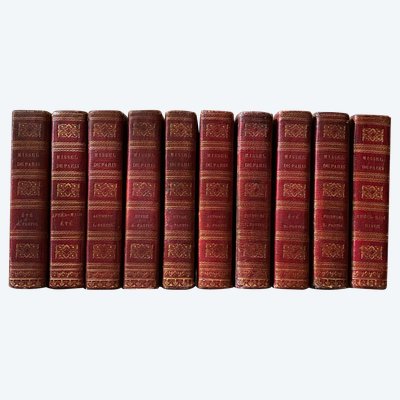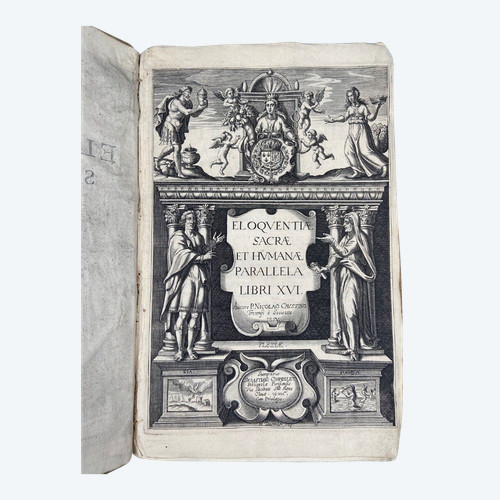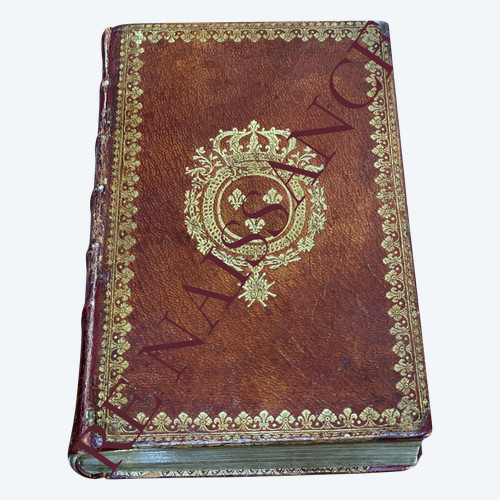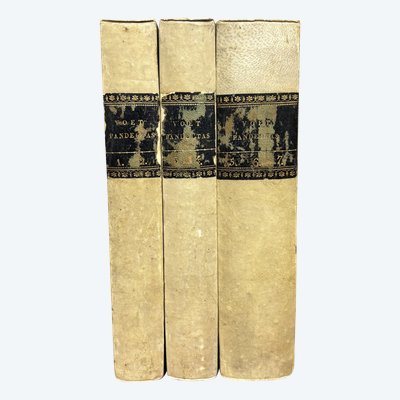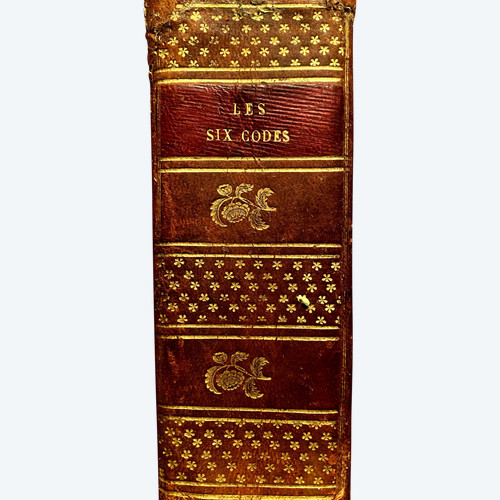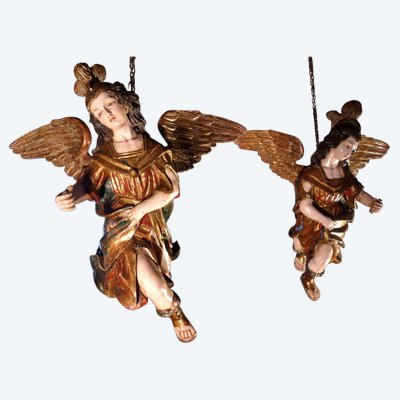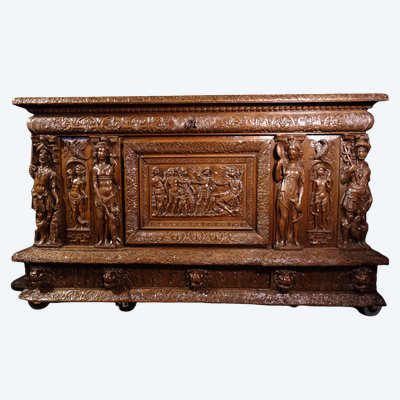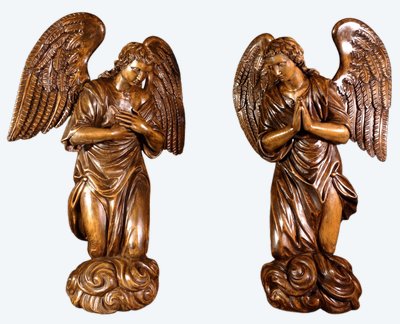This description has been translated and may not be completely accurate. Click here to see the original
The antiphonary is a Catholic liturgical book. This collection of Gregorian chants was used for the Office as well as for Mass. It is particularly recognizable by its square neumatic notation characteristic of the Gregorian style. Its name is derived from "antienne," which is a chant performed alternately by two choirs.
This liturgical book is a Mass antiphonary. It contains the texts intended to be sung during Mass. For each of them, the texts are broken down as follows:
The Introitus, which begins the Mass
The Graduale and Reponsorium, chants in response to the first reading
The Alleluia
The Offertorium, during which the priest places the offering of bread and wine on the altar
The Communio, during the communion of the faithful
Each of these parts is separated by red calligraphic letters to differentiate the tenses: "Int," "Com," "Off"...
The celebrations begin at the beginning of Advent with the first Introitus, "Ad te levavi," the first chant of the first Sunday of Advent, attributed to Saint Gregory I.
After the third Sunday of Advent, the Christmas Mass is celebrated, notably with the "Puer natus est nobis": "A child is born to us."
Next are the Masses for the four Sundays of Epiphany. Then follows the Mass for Quinquagesima Sunday (the fiftieth day before Easter).
To conclude this impressive work, we discover the liturgy of Lent with the different days after Ash Wednesday. During this period, the "Alleluia" is replaced by the "Tractus," the Gregorian passage, derived from the word Trahere, because it lingers and invites patience.
The Antiphonary ends on Sabatto post Cineres.
The pages consist of five staves of five lines. The 130 vellum leaves are numbered in the upper right-hand corner. One number corresponds to two pages, thus there are 260 pages. They are decorated with interlacing, illuminations, and initials. This important work was carried out in the scriptorium, the workshop attached to the library where the manuscripts were copied by hand. We notice on the lines and letters the traces of the tool used: a reed called a calamus, which was dipped in ink. This dictated a particular type of writing, called a ductus, which formed the letters of the antiphonary.
The inside cover, the most richly illuminated page, informs us of the origin of the sponsor, who belonged to the "Roman domains" of this important acquisition. It is stated that this antiphonary was made for the Dominican Order of the Province of Aragon:
"Hic liber factus eft expenfis R.P. prefentati Fr.Petri Santa Romana Praediea toris Generalis et Filij Regalis Conventus Praedicatorum Caefar auguftae, bis illius Prioris. Terque Socij et Secretarij huius Pro vinciae Aragoniae."
The inscription on the back cover confirms this Dominican provenance.
The leather cover has a wrought iron clasp. The second is missing.
Important dimensions: 85 cm high and 59 cm wide.
Dated 1736 on the inside cover.
The cover shows wear. Some small vellum losses in the corners of some pages, and a connection at the bottom of one page.
Ref: MCHINFR02X
 Louis XV Style Firewall Or Screen
900 € EUR
Louis XV Style Firewall Or Screen
900 € EUR


